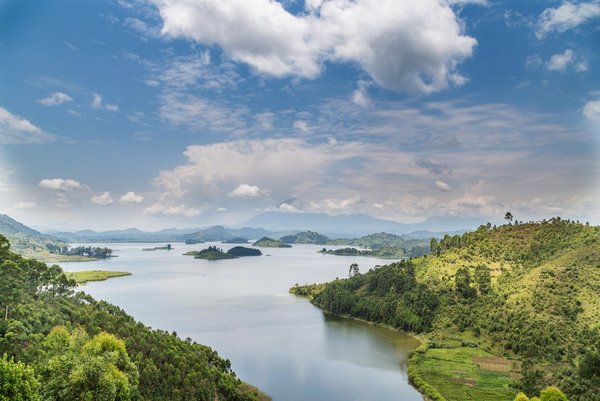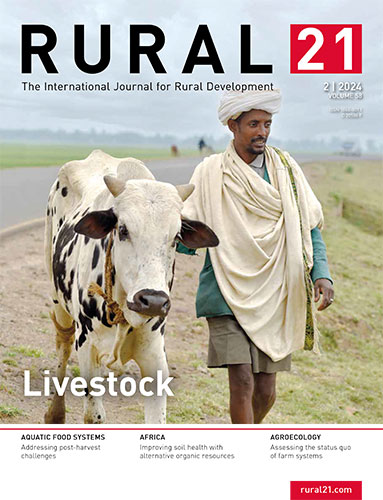 Read this article in French
Read this article in French- Share this article
- Subscribe to our newsletter
Degradation of freshwater systems
Ninety countries, most of them in Africa, Central and Southeast Asia, are experiencing the degradation of one or more freshwater ecosystems, including rivers, lakes and aquifers, the United Nations Environment Programme reported in August 2024. River flow has significantly decreased, surface water bodies are shrinking or being lost, ambient water is growing more polluted, and water management is off-track. Other regions, such as Oceania, mark improvements.
Influenced by climate change and land use, river flow has decreased in 402 basins world-wide – a fivefold increase since 2000. A much smaller number is gaining in river flow.
Loss of mangroves due to human activities (e.g. aquaculture and agriculture) poses a risk to coastal communities, freshwater resources, biodiversity and climate given their water filtration and carbon sequestering properties. Significant decreases of mangroves were reported in Southeast Asia, although the overall net rate of deforestation has levelled off in the last decade.
Lakes and other surface water bodies are shrinking or being lost entirely in 364 basins world-wide. A continued high level of particles and nutrients in many large lakes can lead to algal blooms and low-oxygen waters, primarily caused by land clearance and urbanisation, and certain weather events.
Nevertheless, the construction of reservoirs contributes to a global net-gain in permanent water, mainly in regions like North America, Europe and Asia.
Better water monitoring required
The poorest half of the world contributes less than 3 per cent of global water quality data, with only 4,500 lake measurements out of nearly 250,000, highlighting the need for better monitoring. Without sufficient data, over half of the world's population may live in countries with inadequate water quality information by 2030, making it difficult to manage issues like drought, floods and pollution.
Where good data are available, they show that freshwater quality has been degrading since 2017. Where data are lacking, the signs are not promising.
Inadequate water resources management in over 100 countries
Balancing competing needs for sustainable water use from society and the economy requires the implementation of integrated water resources management (IWRM) across sectors, at all levels and across borders by 2030.
Forty-seven countries have fully reached or almost reached IWRM, 63 countries need to accelerate implementation, while 73 countries have only limited capacity for IWRM. At the current rate of reported progress, the world will only achieve sustainable water management by 2049. This means that by 2030, at least 3.3 billion people in over 100 countries are likely to have ineffective governance frameworks to balance competing water demands.
Solutions include unlocking finance through revenue raising and cost recovery arrangements, investments in infrastructure and management, as well as coordinated action, greater institutional capacity and better monitoring networks.
(UNEP/ile)
Read more on the UNEP website




Add a comment
Be the First to Comment